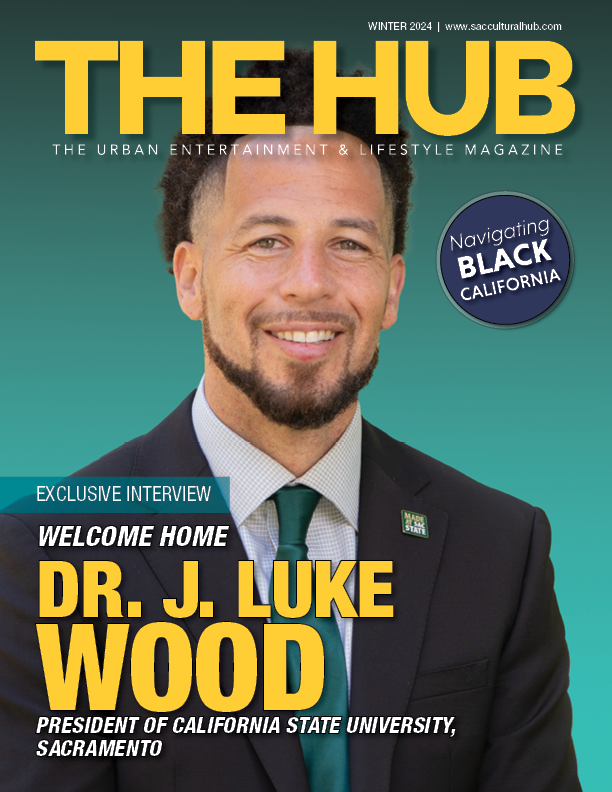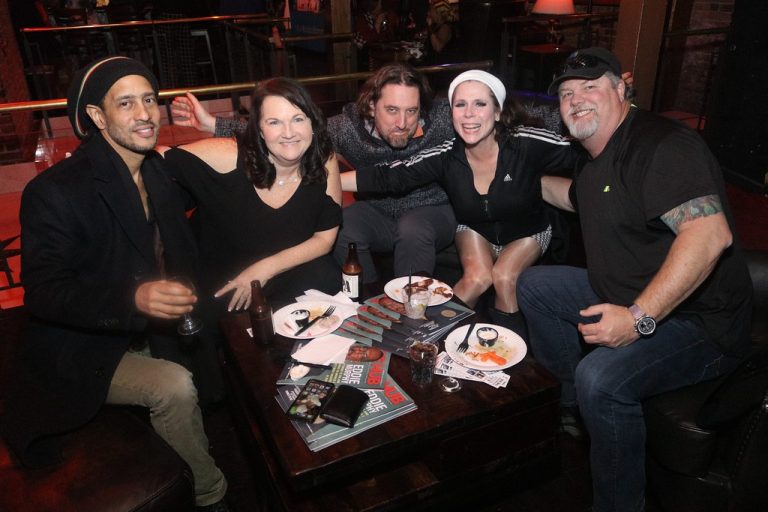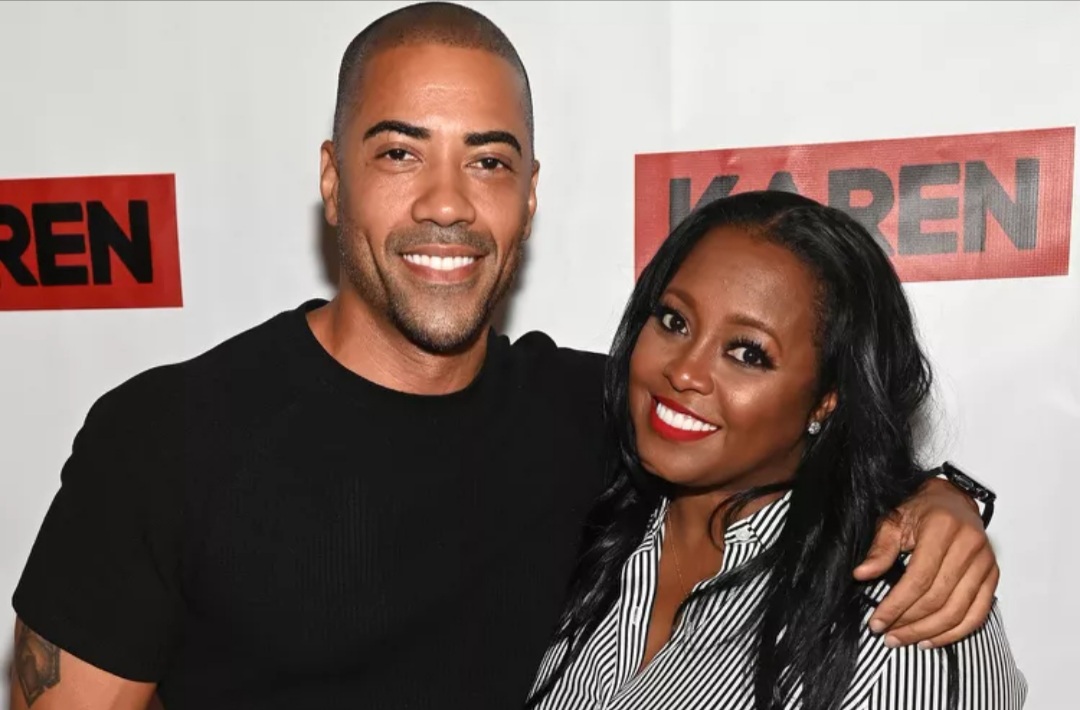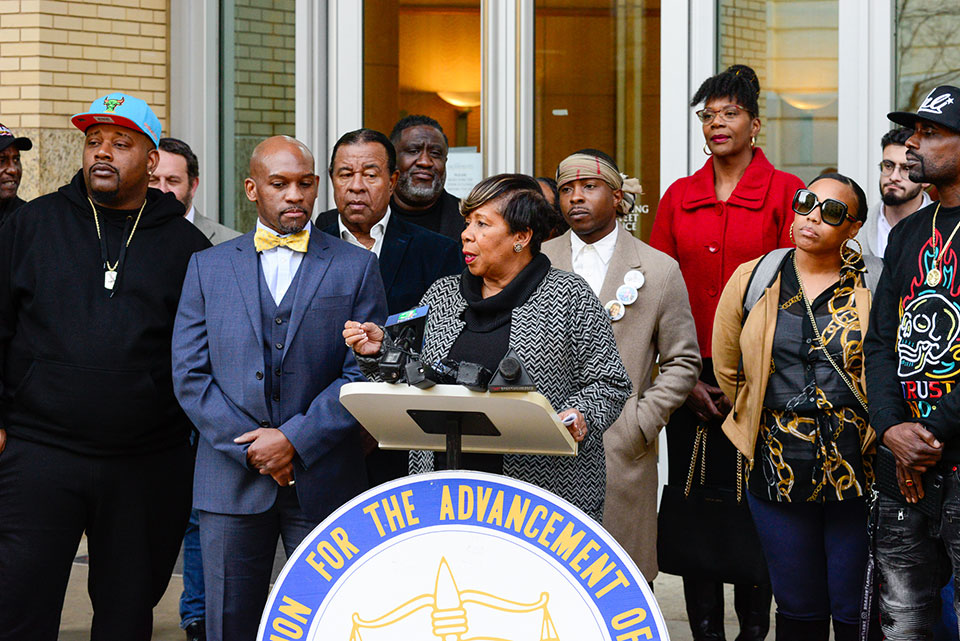
Sacramento Leaders Express Horror, Outrage Over Murder of Native Son Tyre Nichols
Civic Leaders Condemn Graphic Beating Of 29-Year-Old At The Hands Of Memphis Police Officers; Urge Caution When Watching Video
By Verbal Adam – OBSERVER Correspondent
As protests erupted Friday in cities across America over the brutal killing of former Sacramento resident Tyre Nichols at the hands of five Memphis police officers, local leaders across the racial and political spectrum joined together to condemn the horrific beating.
The Greater Sacramento NAACP held a press conference at City Hall where local political, community, and religious leaders gathered with members of Tyre Nichols’ family.
“On behalf of the people of our city, I am filled with anger, sorrow and revulsion about what happened to Tyre Nichols,” said Sacramento Mayor Darrell Steinberg. “We all should be furious that public servants trusted to protect life and the community would treat a fellow human being so cruelly.”
Nichols was born in Sacramento, on June 15, 1993. According to loved ones, it was here that he developed his love of skateboarding and photography. At the start of the pandemic, he moved to Memphis to be closer to his mother. He also worked alongside his stepfather at the FedEx Hub. Coworkers recalled how he would jokingly call himself the box manager. Those close to him said he found real happiness in Memphis, often watching and photographing the sunset. He had no criminal record, no history of substance abuse, and by all accounts he was respectful and always filled with joy.
Around 8:30 pm on the evening of Jan. 7, Nichols, 29, was stopped by Memphis police officers. The Memphis PD initially maintained that Nichols had been stopped for reckless driving, fled the vehicle on foot, was pursued by officers and taken into custody. Once in custody they maintained that Nichols complained of shortness of breath and was transported to the hospital in critical condition. He died three days later on Jan 10. Within 10 days the U.S. Justice Department opened a civil rights investigation and all five officers involved were fired on the grounds of excessive force, failure to intervene, and failure to render aid. Additionally, the Police Department says it has no evidence that Nichols committed any traffic violation.
Local activist Stevante Clark called for a national “duty to intervene law” which would hold police accountable for failing to act when witnessing another officer commit a crime.
“Their silence is compliance,” Clark said. “If you have 1,300 good cops, and 12 bad cops and the 1,300 good cops don’t say anything about those 12 bad cops, they’re just as guilty.” Clark’s older brother Stephon was killed in 2018 by Sacramento Police who mistook his cell phone for a handgun. The officers responsible were cleared by the Police Department and returned to duty in 2019.
Mayor Steinberg, who was hesitant to criticize the Sacramento Police Department following the killing of Stephon Clark until he saw the body camera footage first hand, told Nichols’ family Friday: “To Tyre Nichols’ parents and family, our society has failed you. I am so sorry for your loss.”
Sacramento NAACP President Betty Williams expressed the feelings of many in the Black community after seeing the inhumanity displayed in the video: “One. If just one officer would have said ‘Let’s stop’ if just one would have said ‘We’ve done too much’ if just one officer had a heart, that’s all [Tyre Nichols] needed to be alive.”
Stevante Clark held a protest at the Capitol at the moment the video was released. He fought back tears as he watched the brutality. Deterring from his original plan to march around the Capitol building, Clark led a crowd through the streets of downtown Sacramento calling for justice. Police moved fast to block traffic in the blocks surrounding the protest but did not intervene even as traffic was blocked. Clark directed the marchers not to be disruptive but to bring awareness.
By 3:59 p.m. PST, the California Highway Patrol had stationed dozens of officers in the areas surrounding the State Capitol building. Meanwhile, city leaders across the country understood that the video that would be released in minutes, showing what five Memphis police officers did to Nichols, could incite mass outrage.
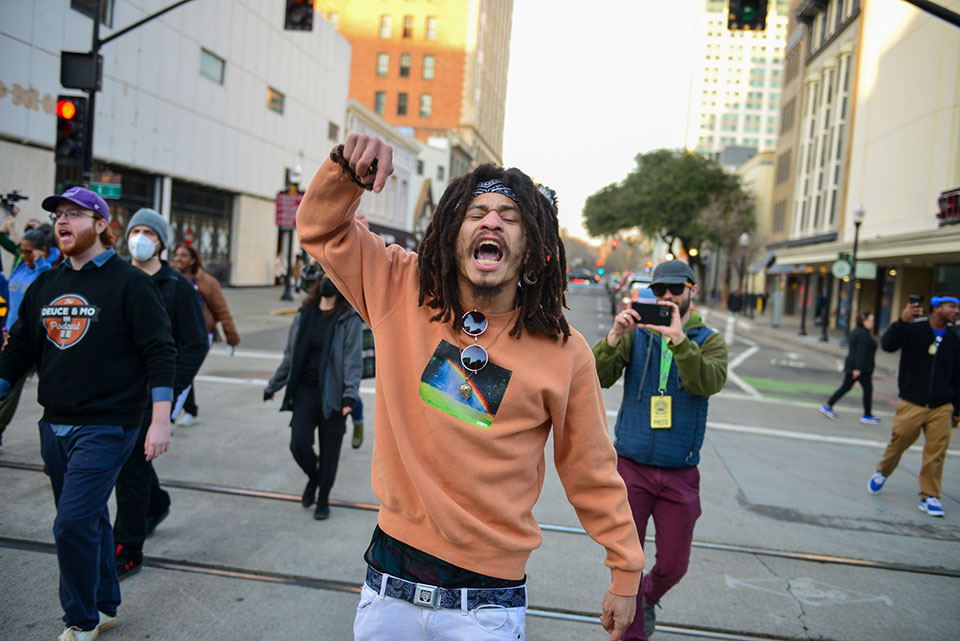
The Graphic Video
(EDITOR’S NOTE: The OBSERVER has chosen not to provide links to the video beating)
All five former officers — Tadarrius Bean, Demetrius Haley, Emmitt Martin III, Desmond Mills Jr. and Justin Smith — were members of the Memphis Police’s SCORPION unit. SCORPION is an acronym for Street Crimes Operation to Restore Peace In Our Neighborhoods. SCORPION is a 40-officer group that deploys in neighborhoods, with a focus on crime hot spots. The officers often operate in unmarked vehicles, make traffic stops, seize weapons and conduct hundreds of arrests.
Photos released by the family showed Nichols in a hospital bed severely wounded, eyes swollen shut and breathing through tubes. Ben Crump — the attorney who represented the families of George Floyd, Breona Taylor and Stephon Clark — has been retained for the Nichols family. A preliminary autopsy ordered by Crump has revealed Nichols suffered a heart attack, kidney failure and extensive bleeding caused by a severe beating.
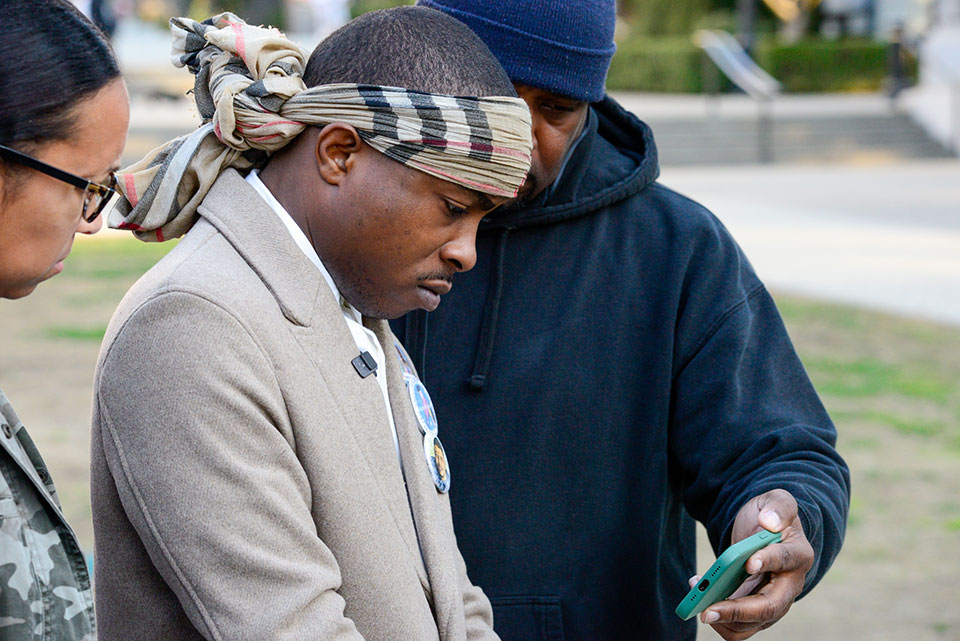
The former officers, all of whom are Black, each face several charges, including second-degree murder, aggravated assault, aggravated kidnapping, official misconduct and official oppression.
The video, which begins with footage from the original stop, shows officers behaving in a hyper aggressive manner threatening to break Nichols’ bones and ordering him to be tased less than 10 seconds into the altercation while a confused Nichols complies with their orders to get out of the vehicle and lie down on the ground. “I didn’t do anything wrong. Momma help me!” Nichols can be heard saying as officers prepare to tase him.
Nichols attempts to flee only to be tackled to the ground, tased again, have a can of mace emptied directly into his eyes, is beaten unconscious, held up by officers while unconscious and beaten with a baton, kicked, stomped, and tased again before being left to bleed out on a cold Tennessee street for 20 minutes until an ambulance arrived. The video is so graphic that Nichols’ mother was unable to watch more than a minute.
Blacks Face ‘Secondary Trauma’
Black mental health professionals have urged African Americans for several years to use caution when viewing such graphic images of Blacks being brutally abused or murdered.
“This is our story. This is our narrative,” Sacramento psychologist Dr. Lenora Tate told The OBSERVER in 2021 following the killing of George Floyd. “Not only have we been traumatized, but even if we haven’t and we see those that either look like us, or we always see an event in which we have survived, but that other person has been mistreated, it causes what we call secondary trauma.
“It’s secondary trauma because it didn’t happen to you. You weren’t getting beat up or they didn’t have their knee on your neck…but you witnessed it, or you heard about it second hand. It’s secondary, but we still have those feelings of low energy, being tired, nightmares, feeling numb, feeling hopeless, feeling overwhelmed. Some people have difficulty coping. They hit the bar or they hit that weed or do self-harm. They turn those things inward. Some people have flashbacks, some people just get really nauseated. Some people have intrusive thoughts,” she told The OBSERVER.
When speaking about watching the Derek Chauvin trial of the killing of George Floyd, Dr. Kristee Haggins, a psychologist, professor and the creator of Sacramento’s Safe Black Space healing circles, told The OBSERVER in 2021 that while she pays attention to what is happening, she has to use self-care to protect herself. “…I can’t (watch) it for too long or on a regular basis, because it is overwhelming.”

